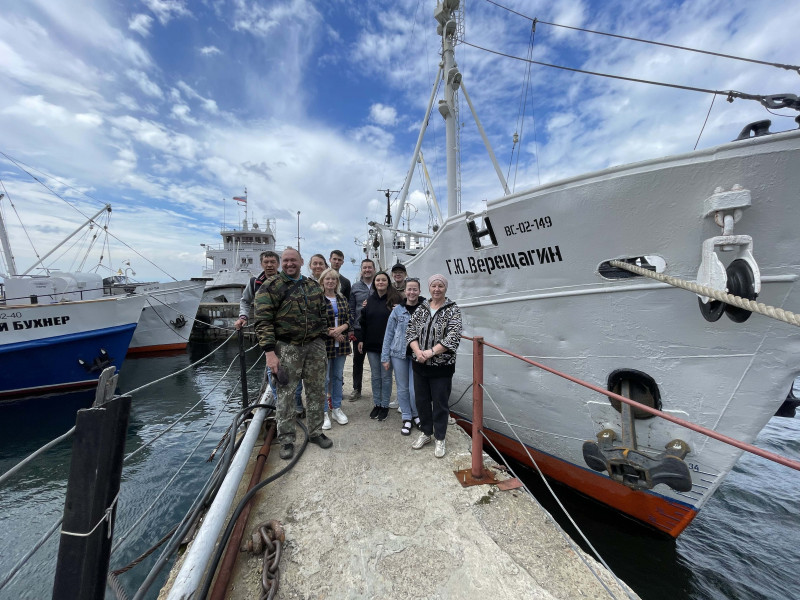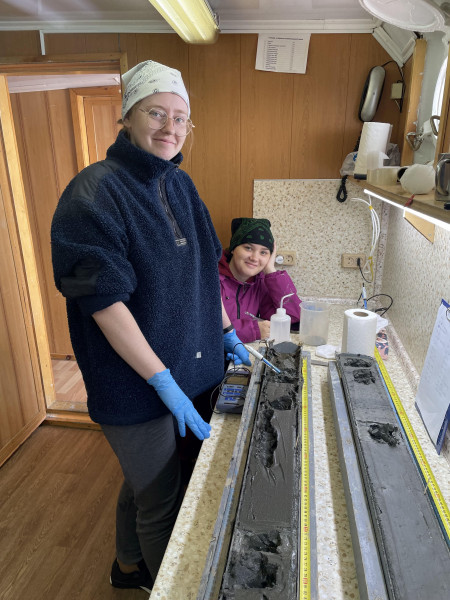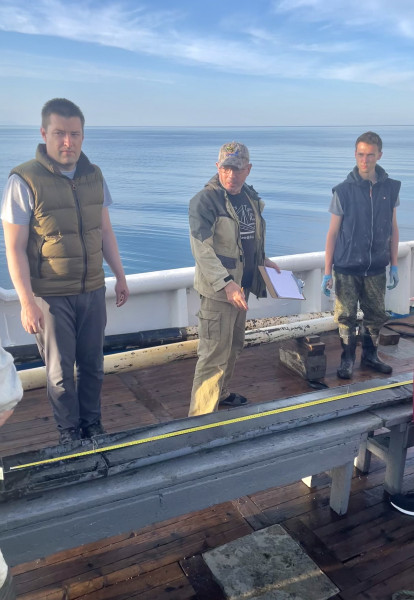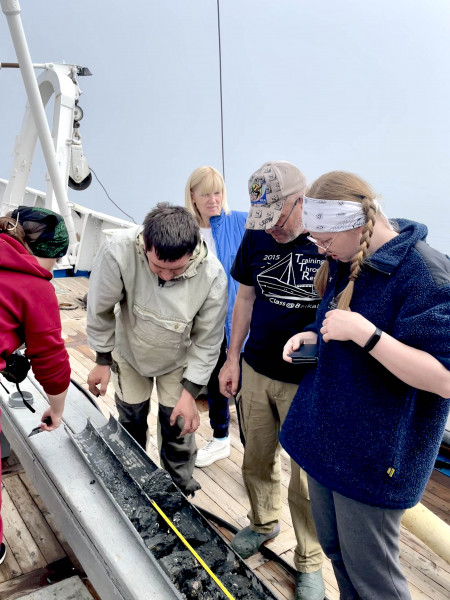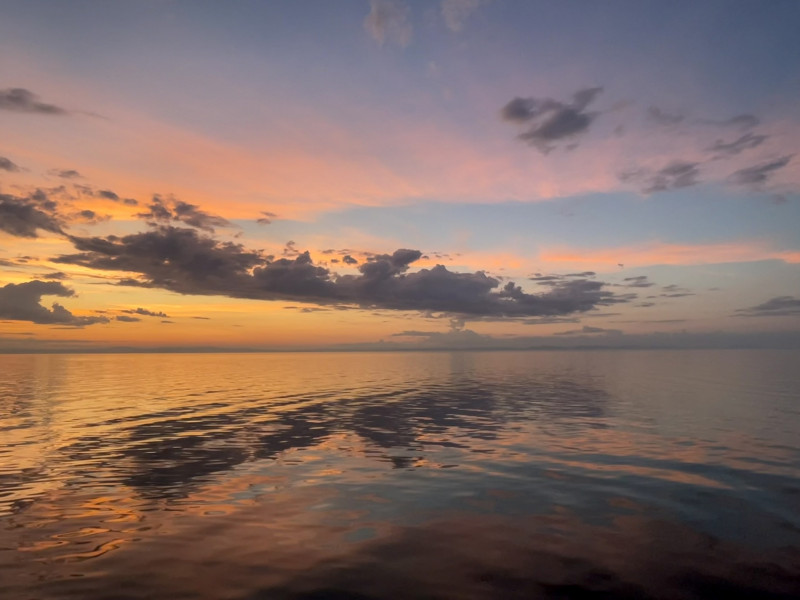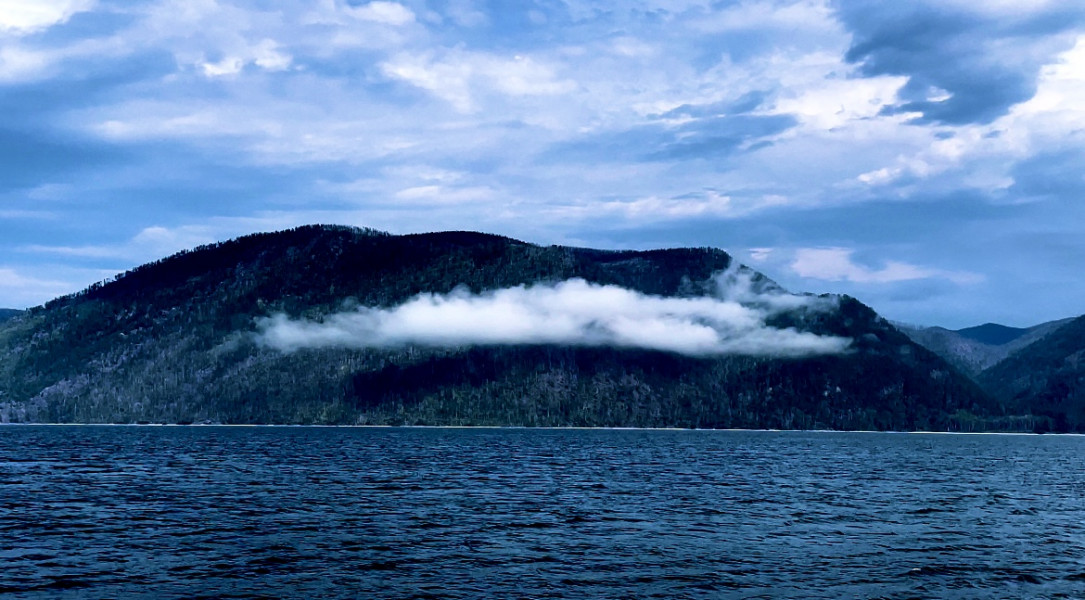Expedition on board the R/V “G.Yu. Verschagin” on July 7-12, 2023
The fieldworks were carried out on board the R/V “G.Y. Vereshchagin” in Southern and Middle Baikal within the State assignment “Study of hydrate, oil and gaseous hydrocarbon systems functioning and associated microbial communities in Lake Baikal” (0279-2021-0006) (led by T.I. Zemskaya).
The aim of the expedition is: to study the diversity and structure of microbial communities in sediments of the middle basin, mud volcano Kukui and oil and gas seep Zelenovsky to assess their role in diagenetic processes and to evaluate their participation in the formation and transformation of hydrocarbons (gaseous and petroleum) using a set of methods, including high-throughput sequencing of variable regions of 16S rRNA genes of bacteria and archaea, as well as on the basis of genomic studies of accumulation cultures.
The planned fieldworks were carried out in full, bottom sediments were sampled at 12 stations. More than 38 sediment cores were sampled using a gravity tube and primary lithologic description was done for all of them. Some of the cores were brought to Limnological Institute for more detailed lithologic and diatom analysis.
Near the oil occurrence of the Zelenovskaya River, the area of bottom sediments with oil was delineated and additional cores for the ZelenSip hydrate-bearing structure were obtained. A preliminary map of oil distribution and depth of its occurrence in bottom sediments of this structure was generated.
Bottom sediments were sampled for chemical composition of pore water, methane concentration measurements and studies of microbial community composition using 3 and 5 m long gravity tubes and a grapple. The Rosetta sampler was used to collect water column samples for further isolation of stock cultures of methanotrophic bacteria. Methane concentrations in 294 sediment samples and 36 water column samples were measured on board the ship using a gas chromatograph. Chemical composition of pore water was investigated in 215 sediment samples for 14 components. Based on these data, the gradient zones of individual parameters in the cores were determined, and the spatial distribution of the concentrations of the studied ions in the places of subaquatic fluid discharge of Lake Baikal was estimated. At the same time, measurements of pH, Eh in 89 bottom sediment samples and temperature in water column were carried out.
Fifty-six samples of bottom sediments were collected to study the diversity and composition of microbial communities using methods of molecular biology. The experiments on cultivation of methanogenic archaea (9 samples) using different substrates and energy sources were started in the expedition. Twenty-six water column samples were used for culturing aerobic methanotrophic bacteria, and for metabarcoding studies.
One sample of bottom sediments from the Zelenovsky gas and oil seep was selected for cultivation under aerobic and anaerobic conditions on mineral media containing crude oil and polycyclic aromatic hydrocarbons (naphthalene, phenanthrene, fluoranthene, pyrene) in order to obtain active strains-destructors of priority environmental pollutants.




